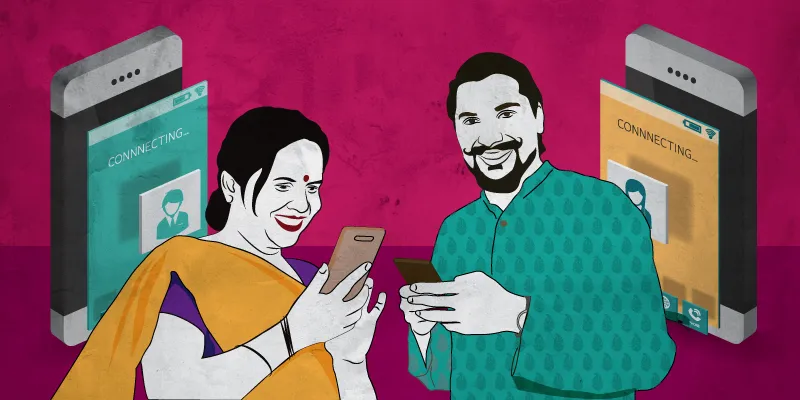How India’s regional digital footprint translates into a large untapped potential
With Indian vernacular language users expected to double to 534 million by 2021, it is time that industry 4.0 caters to regional language consumers. Translators, subject-matter experts and project managers are what brands need to set them apart on the web.
“If you talk to a person in a language he understands, that goes to his head. If you talk to him in his own language, that goes to his heart.” – Nelson Mandela
With more than a billion people speaking over 30 languages in 1,600 dialects, India’s diversity is unequivocal. There was a time when using a suitable script on a phone’s keypad to type messages in any Indian languages was unheard of. Today, with the advent of smartphones, vernacular is all the rage on phones, social media and networking sites.
Millions across India now have an option to use a language of their choice on their smartphones. While English is still the most widely used language in India, new users are now opting to access internet in their regional languages, or at the most a combination of vernacular and English, eg. Hinglish. This experience will only get better if brands choose to explore the potential market in this space. Which they are.

Image credit: Aditya Ranade
At the outset, and to a large extent, even today, the internet is largely designed for the English language user. How will a common man with a smartphone, who does not have a high level of skill in English understand what the internet has to offer her or him? How do we solve this problem for a country which speaks many different languages?
According to a report, there were 175 million English speaking internet users and 234 million Indian language users in 2017. By 2021, the gap between the two groups is expected to widen. The Indian language users are expected to double to 534 million while English speaking users will increase only about 10 percent to 199 million. Considering that 31 percent of the Indian population lives in over 3,000 Tier I and Tier II cities, this is the biggest market to tap when it comes to digital marketing. There is a large user base with a huge appetite for content in their own vernacular language.
Globally, China has achieved the highest number of internet users by using the Mandarin script for Internet content, so much so that it is the second most popular language on the Internet after English.
There is clearly a huge userbase of consumers of regional language who are not getting enough content options to match their needs currently.
So India is going regional on digital, is your brand still speaking English?
It is time brands understand the importance of the huge untapped market communicating in regional languages. Making efforts to be “out of the gate” first is an enormous opportunity to garner a competitive advantage. It is an ideal opportunity for change. Change from limited English infrastructure, a language which many Indians do not understand to their vernacular languages.
To go regional digitally is very important for a brand, as this will increase traffic to your digital properties. So, being one of the first off-the-block is what brands must aspire for.
Going regional is necessary, but getting it done correctly and completely, is the clincher
Going regional does not only mean translating content on some free translation software. The demand is to go beyond just basic translations, and ensure that the real meaning of content is not lost in a literal translation. It is also not just about textual content – but about text that has been used as a part of images, videos voiceovers or other content like infographics, etc. While your main website might be up to speed, the many microsites/landing pages designed, digital assets like mobile apps, etc must be regional language friendly.
On any ordinary website along with articles, there are numerous images, picture, videos that need to be well-translated to find a connect with the vernacular consumer. What’s the point if the articles are translated and images and videos aren’t?
Added to this, each translation has to be succinct and pertinent so that the proper message is delivered without any loss of meaning. This is especially true for content that may be technical in nature, for specific kinds of product and services, etc.
Websites with a large amount of content fear that the process of translation to multiple regional languages can be long and ongoing. In order to ensure timebound execution of such translation projects, there should be an agile framework for project management that ensures the desired efforts occur in well-defined time intervals.
Most brands have numerous digital assets and a large pool of content. This could include videos, labels, copy, annotations on images or infographics which need to be converted into regional languages. Along with a translator, a subject matter expert should also be involved in the process. Post the completion of translation, there should be independent checkers who are experts and understand subject matter. This is a further test run to ensure high quality translation.
With all this being focussed upon, we will be ready for the new digital India that speaks many more languages besides English.
(Disclaimer: The views and opinions expressed in this article are those of the author and do not necessarily reflect the views of YourStory.)
(Edited by Suruchi Kapur- Gomes)








